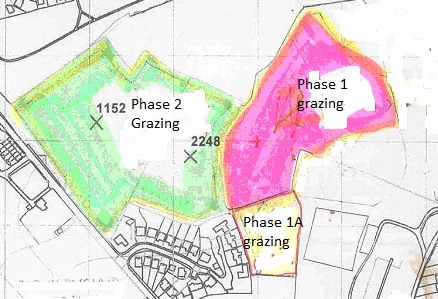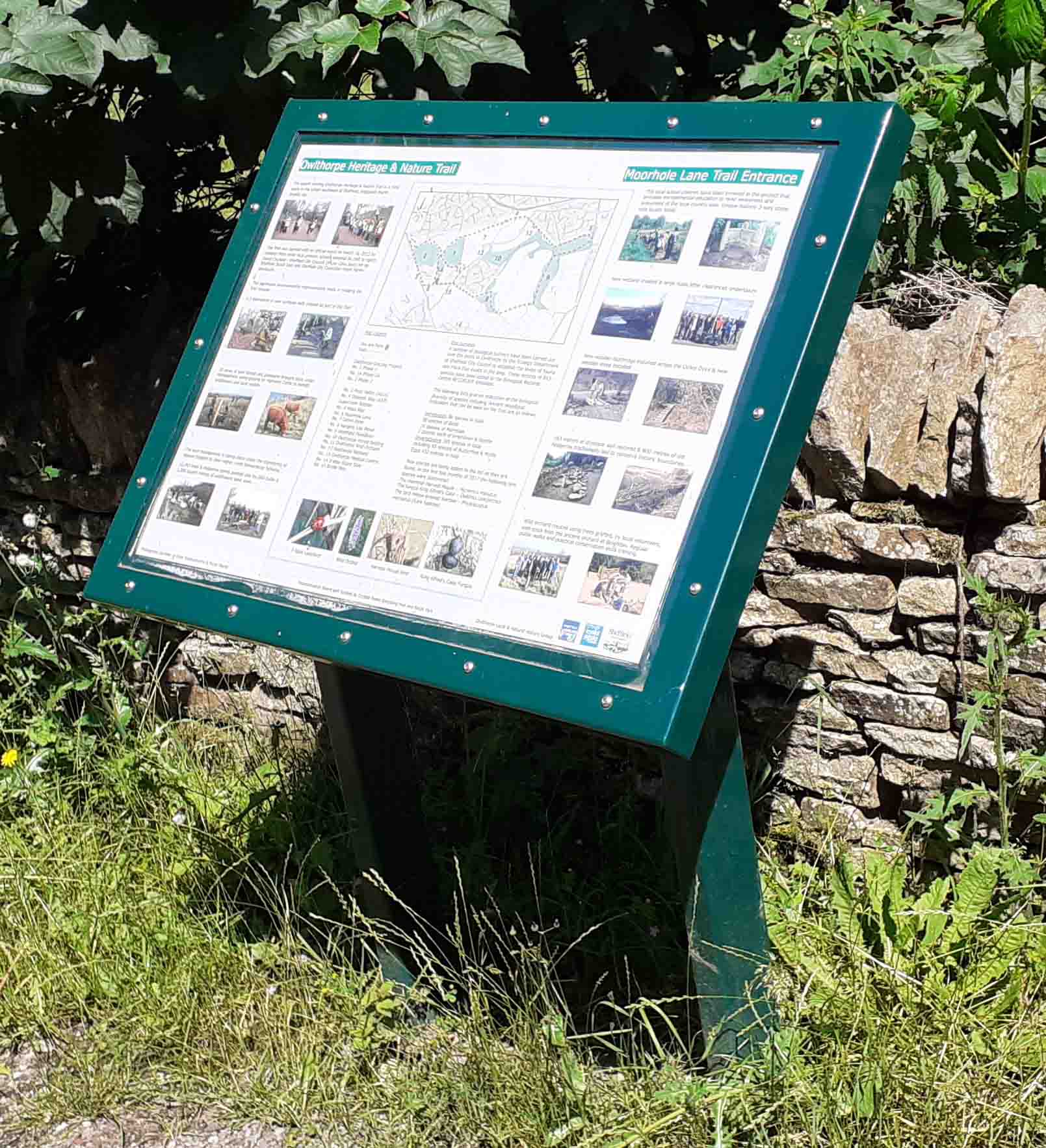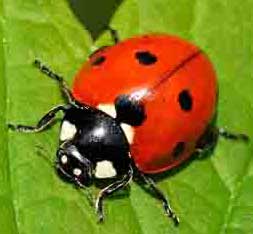Ecological Surveys |
|
Owlthorpe Meadows Invertebrate Survey Spring 2012Derek Whiteley Records added to Sheffield Biological Records Centre RECORDER database. Surveyed on 22 March 2012 , 5 May 2012 , 22 May 2012 The survey was designed to cover the early spring period, to complement previous surveys. A good start was made in late March in excellent warm sunny weather, but a planned April visit was not possible owing to continuous bad weather and a lack of insects. May 5 th was the next fine weather date and May 22 nd was hot and sunny.
Areas surveyed in 2012Phase 1 grazing fields outlined in pink Phase 1A grazing field outlined in yellow/red Phase 2 grazing fields outlined in green.
Additional Records from the 2011 Survey Specimens collected in 2011 and referred to specialists for identification include a striking coloured plant bug Closterotomus trivialis that is known to feed on garden shrubs and weeds. It is a European species first found in London in 2008, so this record is new to Sheffield and new to Yorkshire . It was found in area 1a. Other specimens from 2011 collected by Derek Whiteley identified by Jim Flanagan Stenodema laevigata phase 1 a common grassbug Lygocoris pabulinus phase 1a Common Green Capsid bug new to Owlthorpe Stenodema calcaratum phase 1 a common grassbug new to Owlthorpe Anthocoris nemoralis phase 1a a common flower bug Psallus perrissi phase 1 a common oak plant bug new to Owlthorpe Notostira elongata -all fields a very common grassbug Plagiognathus arbustorum phase 1A a common plant bug Harpocera thoracica phase 1 a common oak bug new to Owlthorpe Tinguis cardui phase 2 Spear Thistle lacebug new to Owlthorpe Tachycixius pilosus phase 2 a common grass planthopper new to Owlthorpe Another exciting discovery is the rare ichneumon wasp Collyria trichopthalma , a parasite of large sawflies, found in Phase 1 field on 19 May 2011 and identified by Bill Ely. Third Sheffield record. 2012 Spring Survey Phase 1 Grazing FieldThe uncommon parasitic fly Tachina ursina was a welcome find in fair numbers in March. By May there was a tall grass/bluebell/flower rich sward attracting bumble bees and hoverflies. Pleased to record that Seven-spot Ladybirds were very common, and weevils were abundant swept from the tall grassland. Male Brimstone recorded. Immature Lesser Marsh Grasshoppers were becoming common in May. The metallic green longhorn moth Adela reamurella was common around hawthorns. Searching under stones and logs produced a good list of millipedes, centipedes and woodlice. By May, workers of the European Tree Bee Bombus hypnorum were the commonest bumble bee species. Red-tailed bumble bee Bombus lapidarius also present. Dandelions important in early May. The most interesting species were a metallic blue-black ground beetle Leistus spinibarbis quite rare in Sheffield, and a very attractive Picture-wing fly Euleia heracleii that has a breeding requirement for Hogweed is rare in Sheffield . Another picture wing fly Tephritis formosa is quite localised in Sheffield and has a requirement for Sow Thistles Sonchus spp Important not to over-graze this meadow as tall herbs, tall grassland and flowers are very important to the recorded invertebrates. Phase 1a Grazing Field My early May the vegetation was developing nicely into a flower-rich/tall grass sward with patches of nettles, thistles and bramble, providing a suitable habitat for invertebrates. Seven-spot Ladybirds and click beetles were frequent and a good range of common millipedes, centipedes and woodlice were recorded under logs and stones. Brachydesmus superus a small flat-backed millipede was a nice find, as it is quite localised away from limestone habitats. The most common snail is the White-lipped Hedge Snail Cepaea hortensis (more common here than the Black-lipped Hedge Snail Cepaea nemoralis )
Green weevils of several species were very common in this field, with requirements for nettles, clovers, grasses, hawthorn. Phase 2 Grazing Fields Huge numbers of Ladybirds basking in the late March sunshine on trunks of small trees. I counted 1139 Seven-spot Ladybirds basking on 20 trees (average 57 ladybirds per tree). Also 26 Harlequin Ladybirds and 31 Two-spot Ladybirds. Assumption is that Phase 2 meadow is an important hibernation site for ladybirds and an important spring emergence/basking site. The requirement appears to be the presence of small trees in a warm, sunny position. In May a single 16-spot Ladybird was swept from marginal damp grassland. This appears to be new to Sheffield and is Local UK. It has a requirement for tall grassy habitats. The 14-spot Ladybird, Cream-spot Ladybird and Pine Ladybird (found on mature Ash not unusual) were also found in this meadow bringing the total to 7 species of Ladybird. Good to see that the colony of Slender Groundhoppers has survived path contruction and is still present in the damper areas of Phase 2 alongside the fence on the NE side. Excellent numbers of Orange Tip butterfly over 20 counted on 22 May. Also good to see Brimstone and Comma butterflies here. The new European Tree Bumblebee has now colonised this field and may be nesting. Plenty of Hive Bees present in March. Sallow blossom is an important food source at this time of year and the Salix trees should be retained. Good numbers of Hairy Shield Bug, click beetles, Carder bees, and a single Metallic Blue Shieldbug Zicrona caerulea (Local UK) a predator found in good grasslands.(new to Owlthorpe) Also good numbers of the spring hoverfly Epistrophe eligans new to Owlthorpe. The wooded area along the wall yielded a good range of common woodlice, millipedes and centipedes under stones and logs adding several new species to the Owlthorpe list. There is a need to retain stones, logs and other debris. In May this field was well grazed and most of the interest was around the margins where vegetation was tall by the fences. There was little of interest in the grazed areas. The vegetation was too short to support much life. Trees are taking over in this meadow, but have a role to play, so ideally we are looking for a sensible balance between trees and open grassland. Conservation of damp grassland is important. Bare areas are also important here we have nesting solitary bees and ground beetles such as Amara species Species Biodiversity 70 species were recorded in this spring survey of which 23 were new to Owlthorpe Meadows (some specimens still to be sent to specialists results not available until 2013) 175 species have been identified from the 2011 survey of which 121 were new for Owlthorpe Meadows. 140 species were recorded in 2010 (mid July to September) 299 species is the combined total for 2010-2012 years. This list includes some species that are nationally localised and some species that are scarce in Sheffield . see APPENDIX on a separate file all species listed in alphabetical order for easy reference. Derek Whiteley June 2012
|
|
-
-
-
- Home Page
- Official LettersPublic Inquiry
- Coal Mining in Owlthorpe
- Owlthorpe Heritage & Nature Trail
- Owlthorpe History
- Owlthorpe Grasslands
- Ecological Owlthorpe
- Owlthorpe Wild Orchard Owlthorpe Fields Owlthorpe WetlandsHanging Lea WoodWestfield PlantationOwlthorpe Forest Settings
- Birds
- Butterflies
- FloraInsects


